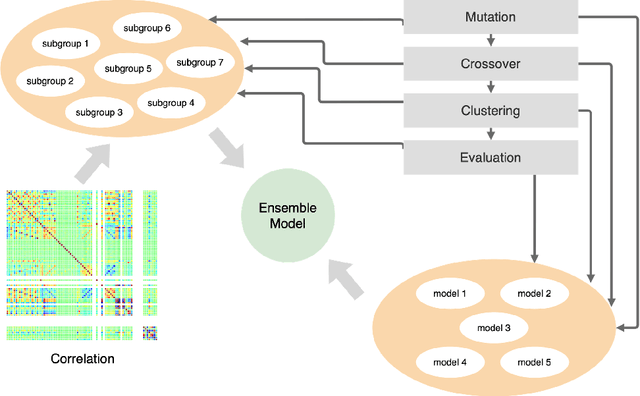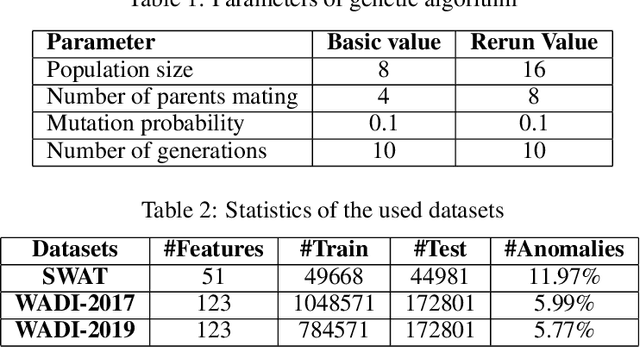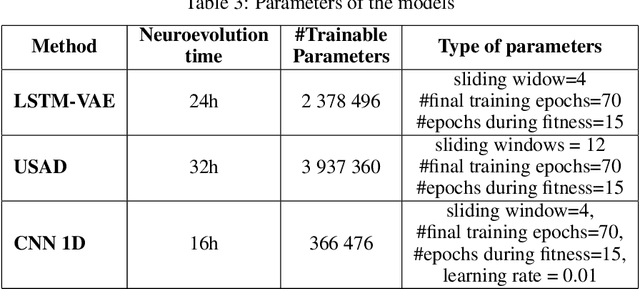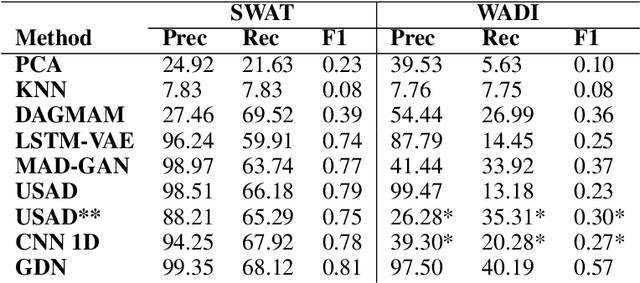Ensemble neuroevolution based approach for multivariate time series anomaly detection
Paper and Code
Aug 08, 2021



Multivariate time series anomaly detection is a very common problem in the field of failure prevention. Fast prevention means lower repair costs and losses. The amount of sensors in novel industry systems makes the anomaly detection process quite difficult for humans. Algorithms which automates the process of detecting anomalies are crucial in modern failure-prevention systems. Therefore, many machine and deep learning models have been designed to address this problem. Mostly, they are autoencoder-based architectures with some generative adversarial elements. In this work, a framework is shown which incorporates neuroevolution methods to boost the anomaly-detection scores of new and already known models. The presented approach adapts evolution strategies for evolving ensemble model, in which every single model works on a subgroup of data sensors. The next goal of neuroevolution is to optimise architecture and hyperparameters like window size, the number of layers, layer depths, etc. The proposed framework shows that it is possible to boost most of the anomaly detection deep learning models in a reasonable time and a fully automated mode. The tests were run on SWAT and WADI datasets. To our knowledge, this is the first approach in which an ensemble deep learning anomaly detection model is built in a fully automatic way using a neuroevolution strategy.
 Add to Chrome
Add to Chrome Add to Firefox
Add to Firefox Add to Edge
Add to Edge